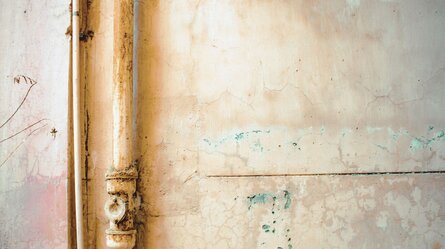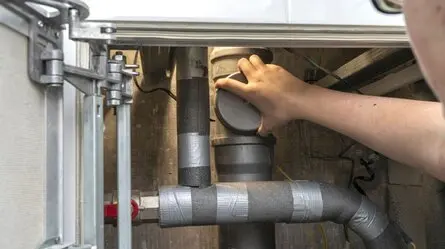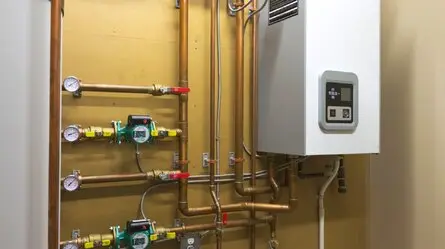Toilet venting plays a huge role in keeping your bathroom environment clean, fresh, and functional. A correctly installed toilet vent pipe doesn’t just help water flow smoothly; it also prevents sewer gases from backing up into your home. Without proper venting, the toilet’s drain line can’t draw in outside air, leading to poor drainage, foul smells, and even health hazards.
In this blog post, we’ll walk through what a toilet vent actually does, signs of poor venting, venting options (and their limits), DIY mistakes to avoid, and when it’s best to call in a professional plumber. If you’re dealing with gurgling drains, slow flushes, or strange odours, keep reading your plumbing system might need some attention.
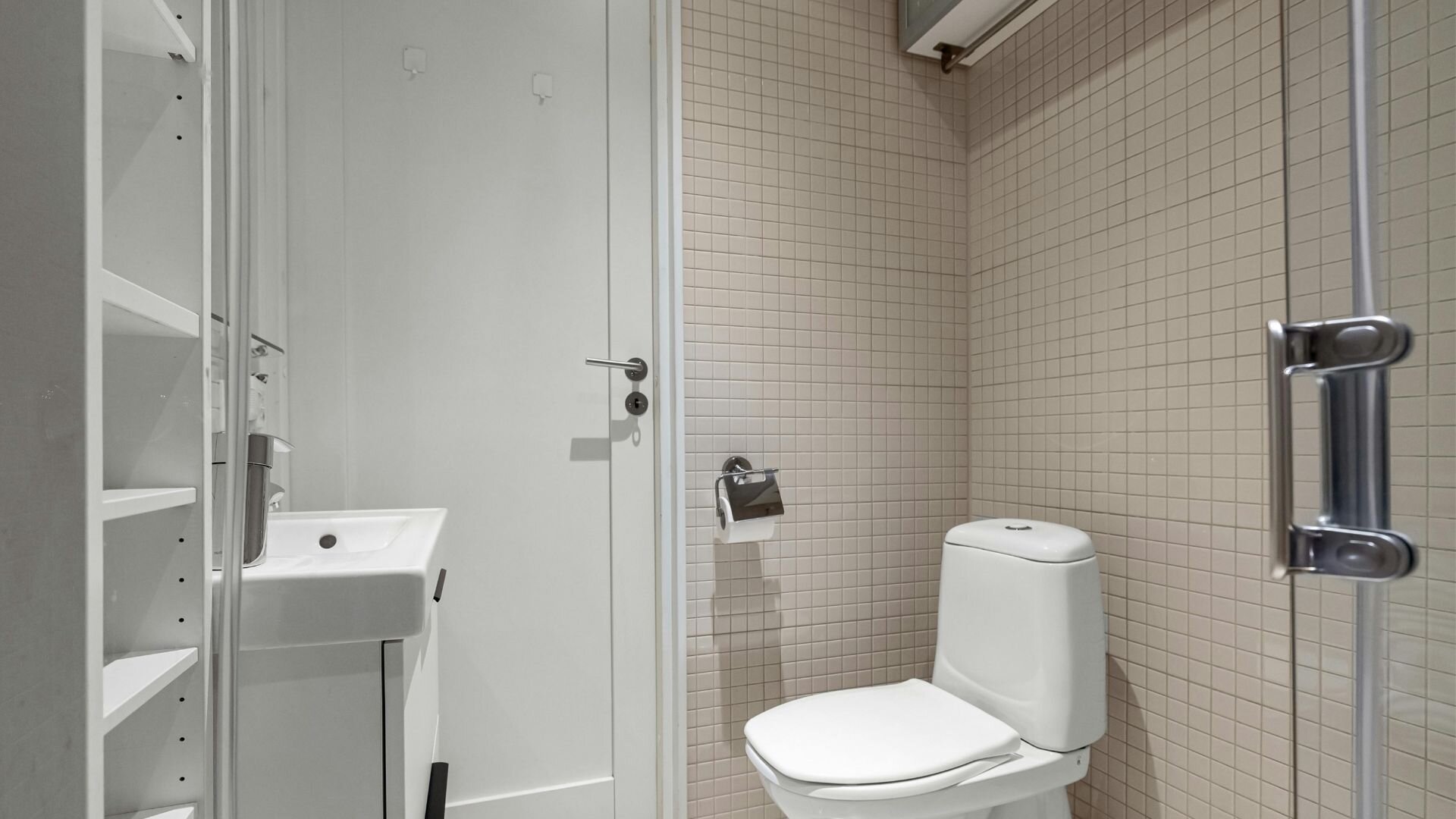
What Is a Toilet Vent and Why Is It Important?
A toilet vent, often called a plumbing vent or vent pipe, is a vertical pipe that connects your home’s drainage system to the open air, usually through the roof.
Its job? To allow air pressure to balance out within the drain line, preventing vacuum pressure when water flows through the toilet drain or other plumbing fixtures.
When water moves through the drain pipes, it creates a suction effect. The vent system introduces fresh air to stop that vacuum from siphoning water out of nearby p traps. That little bit of water in each trap seal is what blocks sewer gas from entering your home.
Without a properly vented drain line, your toilet bowl can gurgle, your sink drain may slow down, and sewer smells can creep in. A working vent stack keeps the air pressure even, water flow strong, and your bathroom smelling it should clean.
In short, venting is not just an optional extra. It’s a critical part of the plumbing and toilet system, allowing sewer gases to escape safely while ensuring smooth drainage and protecting your water seal.
Common Signs of Poor or Missing Venting
Poor venting doesn’t just cause a minor annoyance; it can impact your entire home’s plumbing system over time. Here are some common signs your toilet isn’t properly vented:
- Gurgling or bubbling sounds after flushing indicate air is struggling to enter the vent system
- Foul smells coming from the toilet or other plumbing fixtures, often caused by allowing sewer gases to pass through the broken trap seal
- Slow draining or incomplete flushing, where the toilet bowl doesn’t clear properly
- Toilet water level changes, with water rising or dropping for no reason
- Frequent blockages in the toilet drain or other parts of the home’s drainage system
In severe cases, poor venting can lead to pressure imbalances that damage the pipe connections or even allow harmful gases into living spaces. A properly vented system keeps everything flowing and smelling right.
Australian Plumbing Code: What You Need to Know
In Australia, the plumbing vent system must meet strict guidelines outlined in the National Construction Code (NCC) and AS/NZS 3500. These standards help maintain proper airflow, water seal protection, and system efficiency.
Some key requirements include:
- Maximum distance between a plumbing fixture and its vent connection
- Minimum pipe diameters based on fixture type (e.g. one toilet needs a 100mm drain)
- Approved venting methods like wet vents, individual vents, or loop vents
The uniform plumbing code ensures toilets are vented to prevent sewer gases from entering the home. However, local council rules may vary slightly, so it’s best to speak with a licensed plumber before doing any major work.
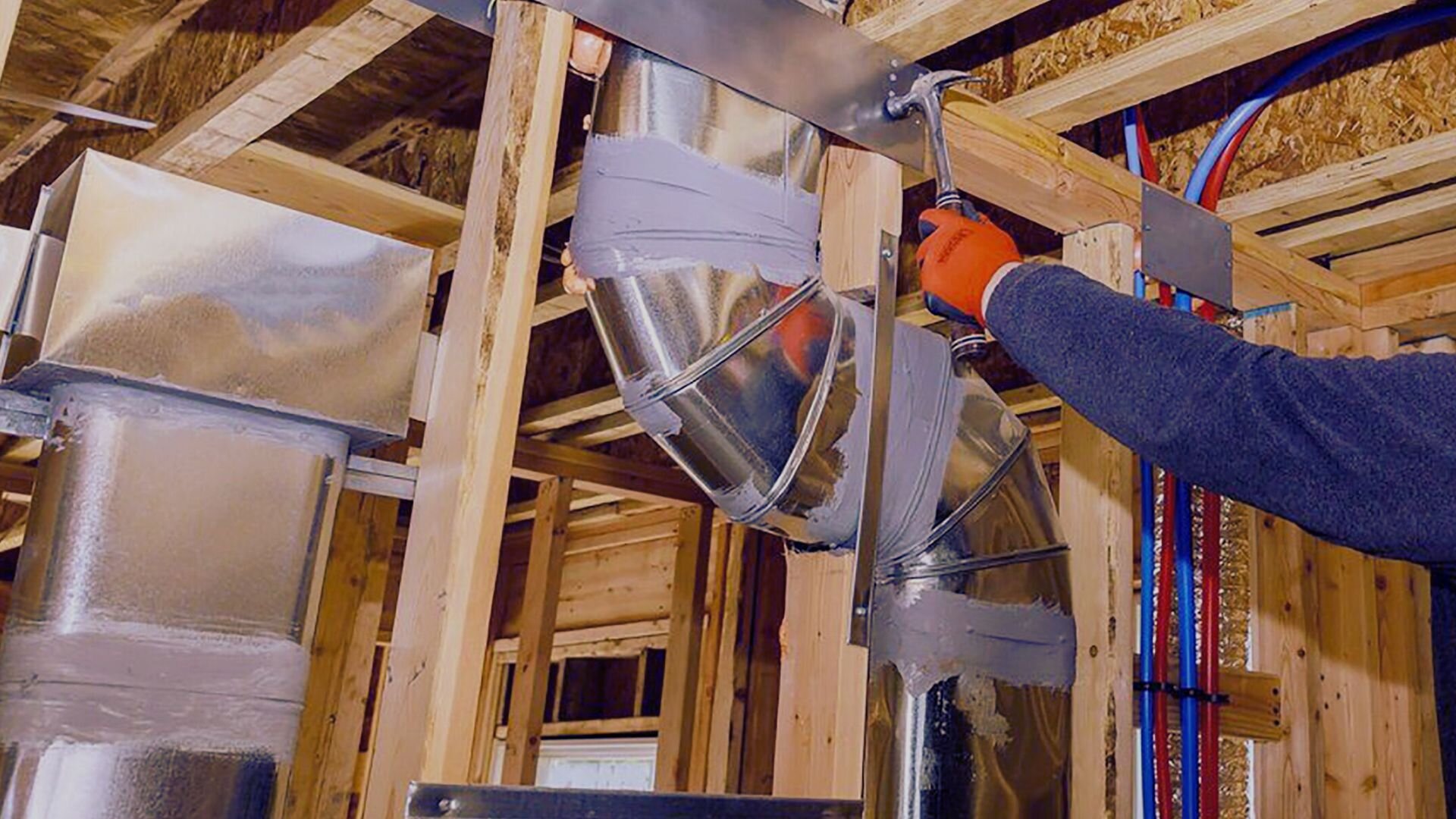
Step-by-Step: How to Properly Vent
Ventilation might seem complex, but with careful planning and the right layout, you can vent a toilet safely and legally. Here’s how:
1. Plan Your Layout
Locate your existing vent stack and building drain. Note where the toilet, sink, and other plumbing fixtures are positioned. Try to keep venting connections close to the toilet’s drain line.
2. Choose a Vent Method
- Wet venting: Uses one vent pipe for multiple fixtures (e.g. toilet and sink)
- Individual venting: Each fixture gets its own vent pipe
- Loop vent: Useful in kitchen islands or where traditional vents aren’t practical
Each option depends on your layout, distance, and compliance with the international plumbing code.
3. Determine Pipe Size and Slope
Vent pipes are usually 50mm or larger. Drain pipes must slope downward (about 1:60) to allow gravity-based water flow. Avoid placing vent pipes too far from the P-trap.
4. Install the Vent Pipe
Connect the vent pipe to the toilet drain just downstream of the P-trap. This keeps the trap seal intact while allowing proper airflow. Keep bends minimal and use appropriate junction fittings.
5. Vent Through the Roof or Stack
The vent pipe should run vertically through the roof (as a roof vent) or tie into an existing vent stack. Secure the open pipe at the top to keep out rain and pests.
6. Test the System
Once everything is in place, test for leaks, listen for gurgling noises, and check that the flush is strong. You can use a smoke test or airflow gauge to ensure everything’s vented correctly.
A well-installed plumbing vent ensures long-term performance, fresh air circulation, and peace of mind.
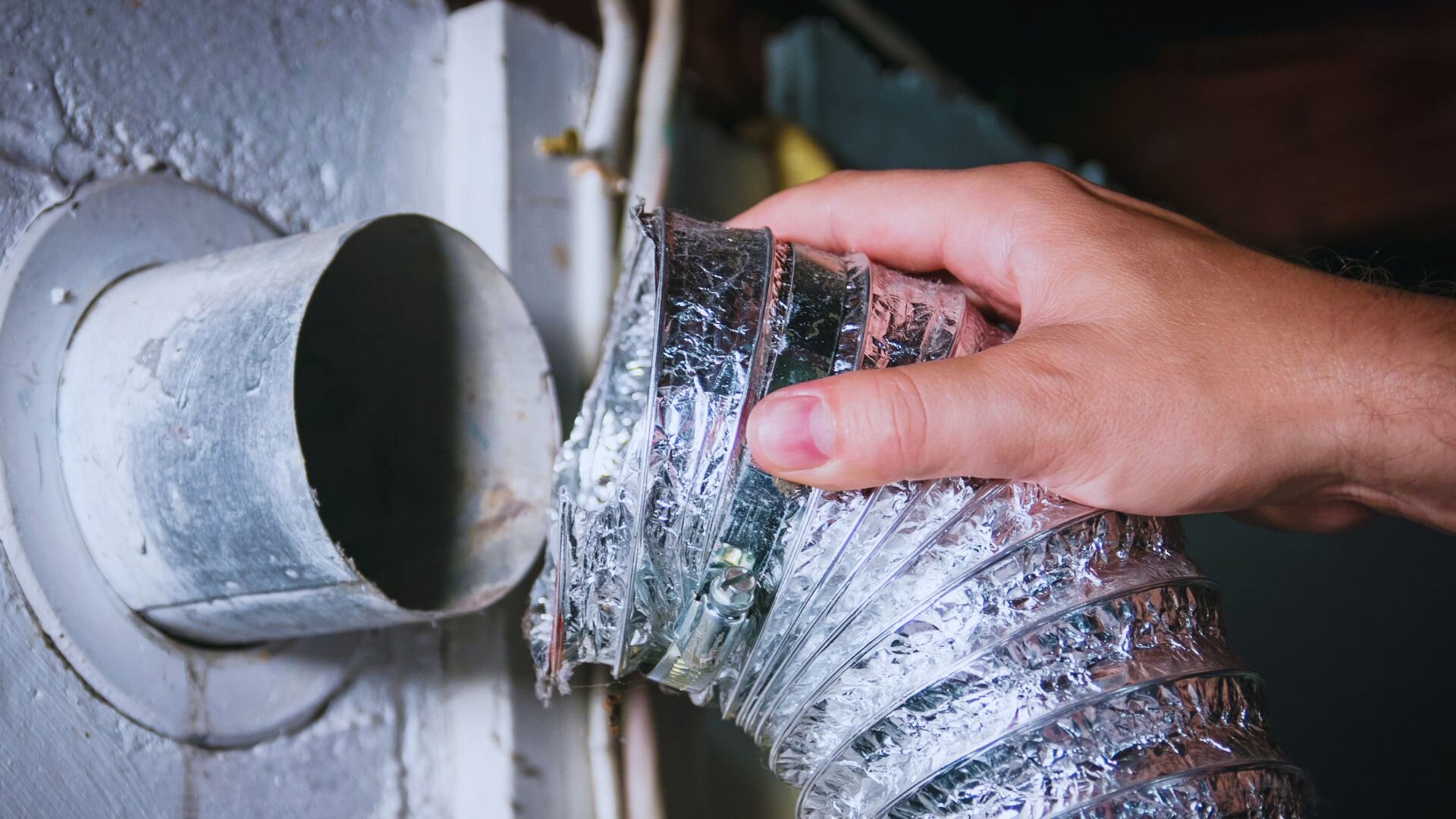
Common DIY Mistakes to Avoid
Trying to vent a toilet yourself might seem straightforward, but small errors can lead to major problems in your home’s plumbing system. Below are some of the most frequent mistakes homeowners make when attempting to vent a toilet and why each one matters.
1. Incorrect Vent Pipe Placement
One of the most common issues is placing the vent too far from the toilet’s drain line. The vent needs to be close enough to maintain the water seal in the p trap and ensure proper airflow. If it’s too far away, negative pressure can develop, pulling water out of nearby p traps and allowing sewer gases into the bathroom.
2. Wrong Pipe Size or Slope
Vent pipes and drain pipes must meet specific diameter and slope requirements. Using a pipe that’s too narrow, or laying it flat without adequate fall, can block airflow and cause slow drainage. This interferes with the toilet’s ability to flush properly and can create gurgling sounds or standing water in fixtures.
3. Improperly Shared Vent Lines
It’s not as simple as connecting multiple fixtures to one vent. Wet vents must be sized correctly and installed according to the Uniform Plumbing Code. Poorly designed shared vents can result in cross-interference between toilets, sink drains, and nearby p-traps, leading to unexpected blockages or odours.
4. Horizontal Vent Runs Without Pitch
All vent pipes should rise vertically or be installed with a slight upward slope when horizontal. A flat or downward-sloping vent allows water to collect, which can block airflow and trap sewer gas. Proper venting relies on gravity to keep the air flowing freely and the vent system clear.
5. Ignoring Plumbing Codes and Standards
DIY efforts often fail to meet the AS/NZS 3500 standard or the international plumbing code. These codes exist to ensure every vent system protects against backflow, pressure issues, and sewer gas exposure. Skipping code compliance can result in costly rectification work or failed council inspections.
Venting Alternatives (And Their Limitations)
An air admittance valve (AAV) can be used in some plumbing situations, but it’s not a universal fix. These one-way valves let air in when needed but prevent gases from escaping. In Australia, AAVs are sometimes approved for isolated fixtures like island sinks or remote basins.
However, AAVs aren’t allowed for venting toilets in most areas. That’s because toilets need full open-air venting to manage large air volume changes and prevent sewer line pressure build-up. In short, AAVs are handy but limited don’t rely on them for critical fixtures like your toilet.
When It’s Time to Call a Licensed Plumber
Some setups are just too complex for DIY fixes. If your home has:
- A second storey
- Multiple plumbing fixtures connect to one toilet drain
- Bathroom renovations require council approval
- Existing vent stack modifications
A licensed plumber will know how to meet venting regulations, avoid plumbing disasters, and ensure your vent stack and drain line setup works efficiently without risk of sewer gas exposure or ongoing venting issues.
Keep the Air Flowing, Keep the Flush Strong
Toilets rely on more than just water — they need proper airflow. Without a functional vent, your home’s plumbing system becomes prone to blockages, odours, and inefficient flushes.
Whether you’re upgrading your bathroom or solving a smelly mystery, venting isn’t the place to cut corners. A well-vented toilet means smooth drainage, fresh air, and fewer headaches.
Need Help with Toilet Venting? Trust the Experts at Woolf Plumbing
If you’re renovating your bathroom, building a new home, or dealing with frustrating venting issues like gurgling noises, slow flushes, or sewer smells, it’s time to call in the professionals. Woolf Plumbing provides expert toilet venting solutions tailored to meet Australian standards and your home’s unique layout.
Our licensed plumbers have extensive experience installing and upgrading vent systems that ensure smooth drainage, eliminate odours, and protect your plumbing system for the long haul. We handle everything from connecting to the existing vent stack to installing a compliant roof vent with precision and care.
Serving homes across Western Australia, we make sure every vent pipe and drain line is positioned correctly for maximum performance. Don’t leave your toilet’s venting to chance or guesswork.
Reach out to Woolf Plumbing today for fast, reliable service that keeps your toilet running strong and your bathroom environment fresh and healthy.


